Chamba, a tiny yet appealing Himachal Pradesh tourist attraction, is noted for its magnificent natural beauty. Tourists visit the area all year since it is set among lovely and green valleys and chamba tourist places cater to people from all sects.
The Sub- Himalayan Mountain range, with its unique flora and wildlife, makes Chamba valley an amazing experience.
Chamba valley is surrounded by big green mountains that are covered with snow throughout the winter.
Planning a tour around Himachal Pradesh? Book your tour packages here!
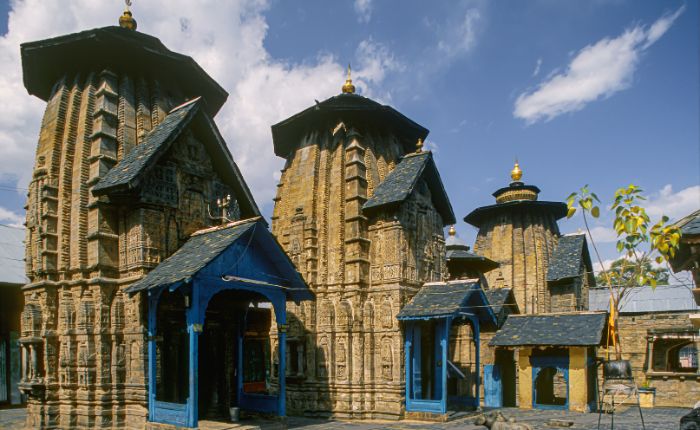
The “Minjar Mela” is a prominent celebration celebrated in Chamba valley on the second Sunday of the Shravana month, in August of every year. It commemorates the victory of the Raja in 935AD of Chamba against the monarch of Trigarta, nowadays called Kangra, as well as the paddy and maize harvests harvested at this time of year.
The event begins with minjar gifts, which consist of a bouquet of paddy plants and golden silk wrapped in red cloth. A rupee, seasonal fruit, and coconut are also included in the offerings. This date is also marked by a flag-raising ceremony at the Chaugan, which kicks off a week of cultural and social events. The deity’s image, Lord Raghuvira, and more than 200 other deities are carried in procession in a chariot drawn by ropes.
The festivities include ‘Kunjari Malhar’ folk dances and music performances. The celebration concludes with a march from the Akhand Chandi Palace to the Ravi River when offerings are presented to the river, making it one of the top sights in Chamba for tourists visiting in August.
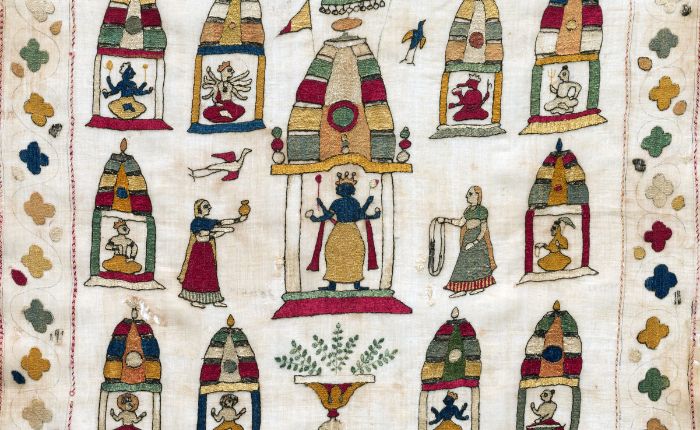
The Chamba Rumal receives its name from the valley itself, where the Chamba rumal embroidery practiced for generations. The region’s earliest records date back to the 2nd century BC, making it one of the state’s most ancient locations.
Fabrics for Rumal embroidery can be either square or rectangular, however, the sizes can vary widely. Experts in miniature art usually draw the base art, which is characterized by delicate lines. When the painting is finished, the cloth receives the finishing touch of embroidery, a task typically performed by women.
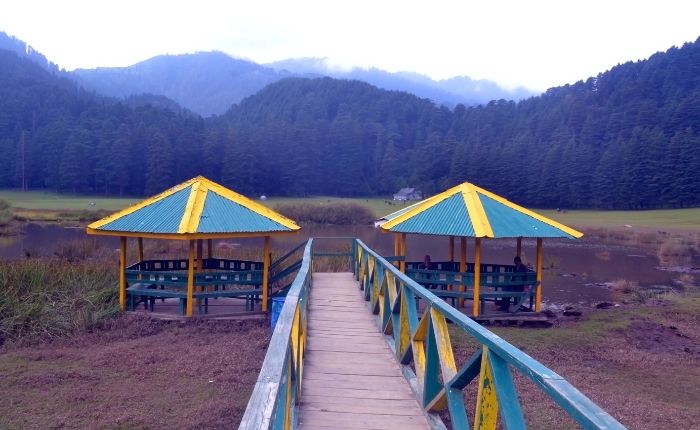
Khajjiar’s topography and geography are similar to those of Switzerland, a small nation in Europe’s Alps. Khajiar is located in the Western High-Altitude Belt, where the Himalayan mountains of Dhauladhar and Pir Panjal meet. It has a climate comparable to that of Switzerland, as well as similar species and forests.
It takes around an hour to travel from Khajjiar to Chamba back and forth, covering a distance of roughly 23 kilometers.
Mr. Willy T. Blazer, Vice Counsellor and Head of the Chancery of Switzerland in India, introduced Khajjiar to the world as “Mini Switzerland” on July 7, 1992. Khajjiar is an ideal area for a picnic with friends and family and one of the best places to visit in chamba.
The Khajjiar Lake contributes to the natural splendor of this little town, making it a popular tourist destination.
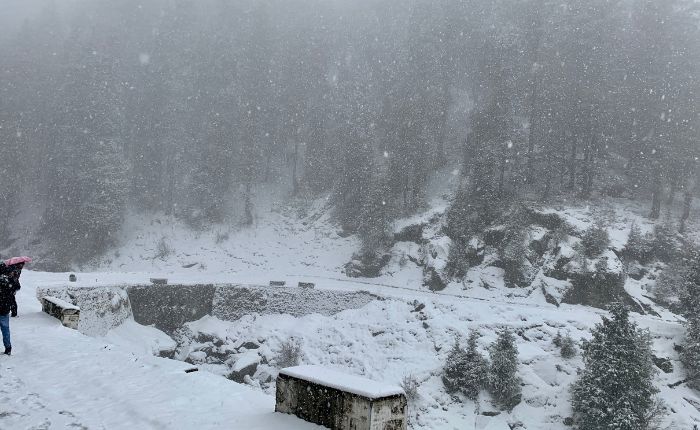
Dainkund Peak, often known as the “Singing Hill,” is a popular tourist destination in Dalhousie. While here, visitors may take in the sights of the lush hills, valleys, and plains. The breathtaking view of the three rivers – Chenab, Ravi, and Beas – that thread through these greens below adds to the grandeur of this area significantly.
Kalatop reserve, which is home to the Himalayan Bear, is one of the greatest wildlife sanctuaries in Himachal Pradesh and one of the top sights in chamba. The park, however, offers much more than just a wide variety of exotic creatures.
It takes around two hours to travel from Dalhousie to Chamba back and forth, covering a distance of roughly 43 kilometers.
The Maa Chamunda temple is located in the Kangra area of Himachal Pradesh, India. It’s about 10 kilometers west of Palampur on the Baner River. Almost 400 years ago, the monarch and a Brahmin priest petitioned Devi for permission to relocate the temple to a more convenient place.
It is reported that some 400 years ago, a monarch and a priest sought the Devi for permission to relocate the temple. The Goddess then came into the priest’s dreams and instructed him to begin excavating the land at a certain location. At that location, the priest discovered an antique idol of Chamunda devi. The Goddess has been worshipped at the same location since the idol was created.
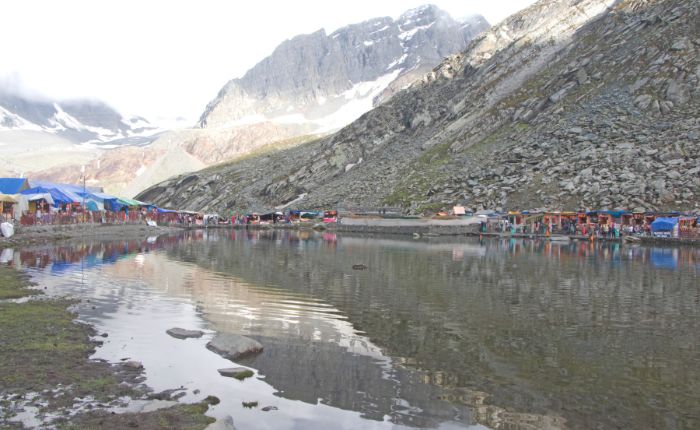
The Manimahesh Lake, located at an altitude of 3,950 meters on the base of the Manimahesh Kailash Mountain, which soars at a height of 5,653 meters in Himachal Pradesh, is regarded as one of the holiest lakes in the Indian Himalayan area.
The lake is a prominent Hindu pilgrimage destination devoted to Lord Shiva, and it is thought that the huge mountain is the Hindu deity’s dwelling.
Trekkers can begin their journey to Manimahesh Kailash in mid-May and continue until October. It takes around 2.5 hours with a distance of 72 Km from Chamba to Manimahesh.
Also, read about Kinnaur Kailash!
Besides Khajjiar and Dalhousie, Chamba Valley is famous for Chamba Rumal embroidery and the Minjar Mela that takes place in August of every year.
Khajjiar is one of the most beautiful villages near Chamba. It takes around an hour to travel from Khajjiar to Chamba back and forth, covering a distance of roughly 23 kilometers.
With an alpine environment and gorgeous meadows, valley is a tranquil green paradise in the summers. The best time to visit Chamba is all year; particularly chilly winter days can be avoided.
Chat Now

